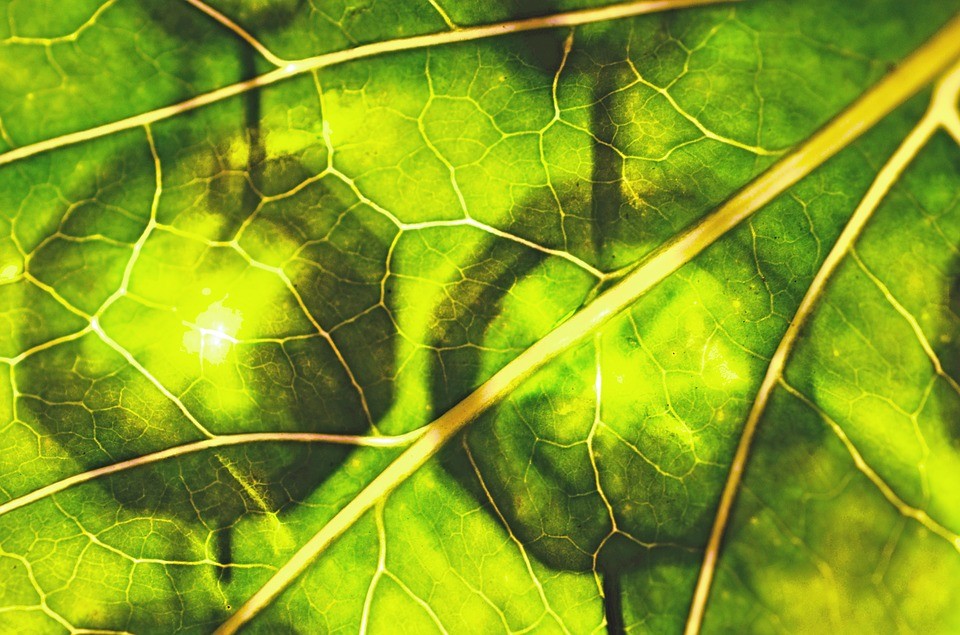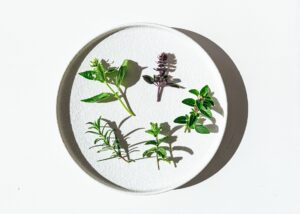If you want to live healthy, you should eat enough greens. Green vegetables contain a lot of chlorophyll, a substance that not only gives us oxygen.
Not everyone is a fan of green foods – but the rule still applies: the greener, the healthier! The darker and more intense the green shade of the fruit or vegetable, the more chlorophyll it contains. But what makes the so-called leaf green so healthy?
What is chlorophyll?
Anyone who paid attention in biology class knows what chlorophyll is all about: Without this natural pigment, plants would not be green and could not carry out photosynthesis. In this process, carbon dioxide, water and light energy are converted into oxygen and glucose by a plant with the help of its leafy greens. However, chlorophyll not only provides us with breathable air, but can also benefit us in other ways – provided it is regularly on our menu.
Chlorophyll for healthy blood formation
Our blood is red, but it benefits from the green of the leaves! No wonder this one has the nickname “Green Blood”. What makes chlorophyll so healthy for the lifeblood that flows through our veins? Its chemical structure. This is similar to that of hemoglobin, the red blood pigment that is found in our body. Only their core differs: while there is a magnesium molecule in the center of the chlorophyll, there is an iron molecule in the hemoglobin. The leafy green nevertheless helps transport oxygen in the veins and thus contributes to the formation of new blood cells and the purification of the blood.
Chlorophyll against iron and magnesium deficiency
Trace elements can also be used more effectively by the body through chlorophyll, as it increases the absorption (i.e. uptake) of iron and magnesium. In a 1936 study, Dr. Arthur Patek even found that green foods high in chlorophyll, in combination with iron, increased the amount of hemoglobin in a human’s blood faster than mere iron supplements. Deficiency symptoms associated with a magnesium deficit can also be prevented by consuming foods containing chlorophyll. Our body needs this mineral for healthy muscles and nerves.
Chlorophyll against free radicals
Environmental pollution and pollutants in our food cause dangerous free radicals (such as heavy metals) to spread throughout our body. These age us, but in the worst case they can also cause cancer or Alzheimer’s disease.
Chlorophyll can also help to remedy this situation. Scientists found that the leafy green has an antioxidant effect and therefore fights pollutants in the body. In addition, it binds cancer-causing substances, which leads to a cancer-inhibiting effect.
Chlorophyll can do a lot more
The advantages of leaf green are even more diverse! If you want to eat chlorophyll, you automatically eat more green foods – and these are usually high in vitamins A, C and K, as well as folic acid, vitamin B6, copper, calcium and potassium. In addition, there are healthy fatty acids and essential amino acids. The body is of course happy about that! It is therefore no surprise that chlorophyll also stimulates digestion, supports wound healing and banishes bad body odour or bad breath.
Which foods contain a lot of chlorophyll
A lot of chlorophyll is found in green leafy vegetables such as kale and spinach, but broccoli and green peas and cucumbers also contain it. Herb fans can turn to nettle, parsley and coriander, while when it comes to fruit, the hairy kiwi leads the way. Less well known in Germany, meanwhile, is the green freshwater algae chlorella, which – as the name suggests – is perfect as a source of chlorophyll. If you are into smoothies, you should definitely choose the color green and add at least one ingredient rich in chlorophyll to the blender!







